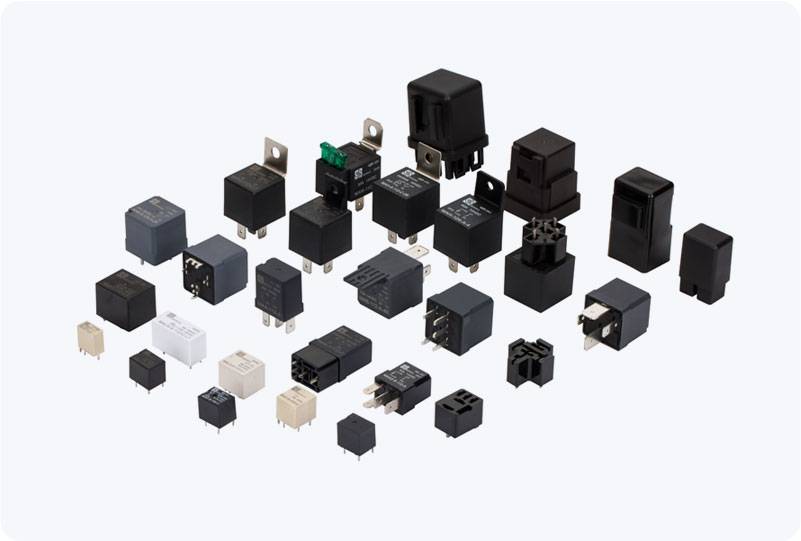As the adoption of electric vehicles (EVs) continues to grow, the demand for efficient and reliable charging stations is rising. One of the critical components within a DC fast charging station is the DC Charging Station Relay. This seemingly small device plays a pivotal role in ensuring safe, efficient, and coordinated operation of the entire charging process. This article explores the function, importance, and technical aspects of the DC Charging Station Relay, shedding light on its essential role in modern EV infrastructure.

Function and Purpose of the DC Charging Station Relay A DC Charging Station Relay serves as an electrical switch that helps control the flow of current between the charging station and the electric vehicle. Its primary function is to ensure that the correct electrical parameters are met before initiating the charging process. The relay works by either opening or closing an electrical circuit based on the status of the system, thereby allowing or preventing the flow of power to the EV’s battery. During the charging process, the relay is tasked with several important responsibilities. First, it acts as an interface between the charging station and the vehicle’s Battery Management System (BMS). This communication is crucial, as the BMS monitors the state of the battery and communicates necessary adjustments to the charging station to prevent overcharging, undercharging, or any other risks that could damage the vehicle’s battery.